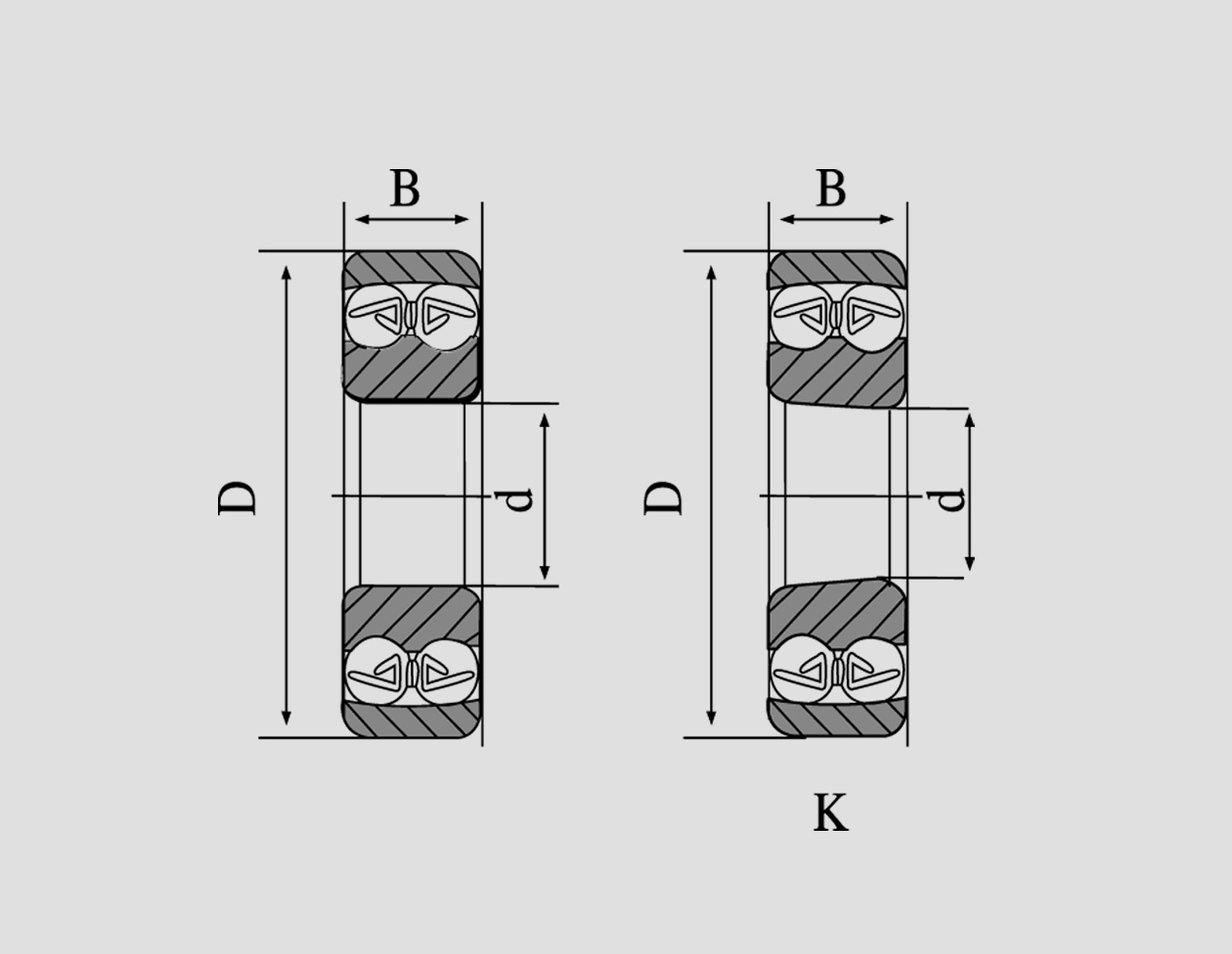
Dec . 05, 2024 02:50 Back to list
Stainless Steel Thrust Bearings for Enhanced Performance and Durability in Mechanical Applications
Understanding Stainless Steel Thrust Bearings Design, Applications, and Advantages
Thrust bearings are critical components in machinery, designed to support axial loads while minimizing friction during operation. Among the various materials used for manufacturing bearings, stainless steel has emerged as a preferred choice due to its excellent corrosion resistance, durability, and strength. This article delves into the characteristics, design considerations, applications, and advantages of stainless steel thrust bearings.
Design and Structure
Stainless steel thrust bearings consist of a series of washers that allow for the smooth movement of rotating shafts under axial loads. The basic design includes a shaft washer, housing washer, and a set of balls or roller elements that provide the necessary support. The choice of stainless steel for these components enhances their performance, especially in environments that are prone to moisture or corrosive agents.
The typical configuration of a stainless steel thrust bearing ensures that the load is distributed evenly across the bearing surface, reducing stress and wear. Special attention is given to the grade of stainless steel used in the manufacture of these bearings, with options such as 304, 316, and 440C providing varying levels of resistance to oxidation and wear.
Applications
Stainless steel thrust bearings are used in a multitude of applications across various industries. Common uses include
1. Marine Applications Due to their corrosion resistance, stainless steel thrust bearings are ideal for marine environments, where exposure to saltwater can quickly degrade standard bearings. These bearings are often utilized in boat propeller shafts and marine pumps.
2. Automotive Industry In vehicles, thrust bearings can be found in transmissions and differentials, where they help manage axial loads generated during operation. The longevity and reliability of stainless steel bearings make them a suitable choice for high-performance automotive applications.
3. Aerospace The aerospace sector demands components that can withstand extreme conditions, including high stress, temperature fluctuations, and corrosive environments. Stainless steel thrust bearings are used in landing gear systems, aircraft engines, and other critical components.
stainless thrust bearing

4. Industrial Machinery Many types of machinery, from conveyor systems to large industrial mixers, rely on thrust bearings to maintain smooth operational function. The robustness of stainless steel bearings makes them fit for heavy-duty applications.
Advantages of Stainless Steel Thrust Bearings
1. Corrosion Resistance One of the primary benefits of using stainless steel for thrust bearings is its resistance to oxidation and rust. This property makes them ideal for applications in moist or chemically aggressive environments.
2. Durability Stainless steel bearings boast high tensile strength and resistance to wear, contributing to a longer operational lifespan compared to bearings made from other materials.
3. Low Maintenance The robust nature of stainless steel thrust bearings means they require less frequent maintenance. This can lead to cost savings in both resource allocation and downtime.
4. Versatility Available in a variety of sizes and designs, stainless steel thrust bearings can be tailored to meet the specific needs of different applications. This adaptability makes them suitable for a wide range of industries.
5. Thermal Stability Stainless steel has excellent thermal properties, enabling thrust bearings to function effectively across a range of temperatures without compromising their structural integrity.
Conclusion
Stainless steel thrust bearings play a vital role in ensuring the efficient and reliable operation of machinery across various sectors. Their design, coupled with the inherent properties of stainless steel, provides a solution capable of enduring demanding environments. By understanding their benefits and applications, engineers and designers can make informed decisions that foster improved performance and durability in their projects.
Latest news
-
Grooved Ball Bearing Design and Functionality
NewsJun.04,2025
-
Concrete Mixer Bearing Load Capacity Testing
NewsJun.04,2025
-
6004 Bearing Dimensions in Robotic Joint Designs
NewsJun.04,2025
-
Advantages of Single-Row Deep Groove Ball Bearings
NewsJun.04,2025
-
Applications of Deep Groove Ball Bearings in Automotive Systems
NewsJun.04,2025
-
Innovations in Bearing Pressing Machine Design
NewsJun.04,2025
